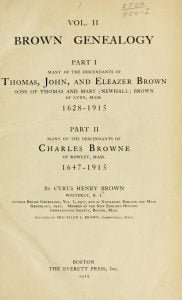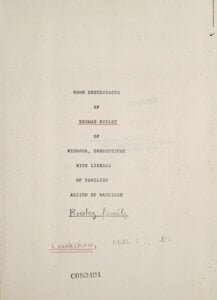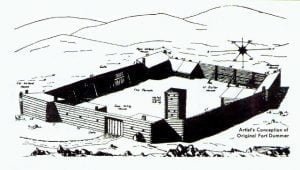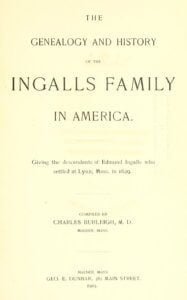The branch of the Lawton family so long resident in New Bedford, and in each generation active in public affairs, but recently represented by the late Charles H. and Horace A. Lawton, well known druggists, the former long prominent in the government of the town and an important factor in the financial and commercial life, is descended from George Lawton, a brother of Thomas and possibly of John also, all of Newport as early as 1638 or 1639. George and Thomas were among the twenty-eight signers of the Compact, April 30, 1639, for the formation of a “civil body politicke.” George Lawton was made a freeman in 1655; member of the Court of Trials, 1648; deputy, 1665-72-75-76-79-80; assistant, 1680-81-82-83-84-85-86-89-90. He and five other assistants, with the deputy governor, wrote a letter to their Majesties, William and Mary, congratulating them on their accession to the Crown, and informing them that since the deposition of Governor Andros the former government under the charter had been resumed. He seems to have been prominent in all the Colonial affairs of his time. He died Oct. 5, 1693, and was buried in his orchard at Portsmouth. He married Elizabeth Hazard, daughter of Thomas and Martha Hazard.







